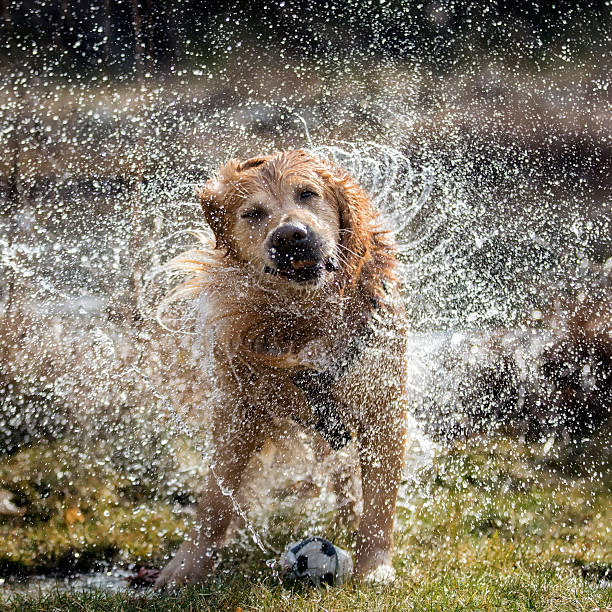by Jeremy Strickland

You and your husband had been talking about getting a dog for years, but he had been in grad school as well as waiting tables full time, and your own days were split between teaching and coaching volleyball. You struggled enough to find time for each other… How could you make time for a dog? It wouldn’t be fair to the pooch; you’re never home. But then grad school was done, and the weekend after volleyball season ended, the two of you stopped by a neighborhood pet store on a whim, just because you were driving past. There was a bright-eyed little German Shepherd puppy there with a black nose and a tongue that didn’t stop, the only one in the litter who was awake, and you guys played with him for twenty minutes. He was ridiculously cute. When you walked away, he cried, and that was that. Your husband couldn’t leave the place without him. Some years went by, and you adapted your life to include him. It didn’t take long to discover that adopting that puppy became one of the best decisions you had ever made. Sir Licksalot wasn’t just a dog anymore. He was family.
As it goes with our furry family, one day he got sick and peed on the Family Room carpet, something that hadn’t happened since the puppy days. So, you take your fur-baby to the vet and call in your local Carpet Cleaning Professional to clean up the mess (as a regular reader of this blog, you know better than to attempt a do-it-yourself cleanup). By the end of the day, Sir Licksalot is on the road to recovery, and your carpet has been returned to its former pee-pee-free glory thanks to the friendly, knowledgeable Carpet Cleaner…
…But in the morning, the spot in the Family Room which was cleaned yesterday has turned brown. What happened?!? Did the dog pee there again? Did the trusted Carpet Cleaner you had been so impressed with yesterday actually do a crummy job?
No no no. This brown spot is the result of wicking , a natural phenomenon caused by the carpet fibers drying from the bottom up. Think of a candle: the flame is drawn to the wax down along the wick. Carpet wicking works the same, only in reverse, as evaporation draws moisture up the carpet fibers, like a wick, to the air. A German Shepherd is a big dog, so he’s got a big bladder. When he peed, the urine soaked through to the padding, where it spread underneath the carpet. Carpet cleaning does not penetrate carpet backing, so without taking the carpet up to clean both sides, replacing the pad, and scrubbing the sub-floor, the urine underneath the carpet will remain. The drying carpet drew it up to the top of the fibers, turning the carpet brown (try this experiment with your kids to see wicking in action). This can happen to the best carpet cleaners, and it’s not their fault.
Dog urine is not the only cause of this phenomenon, by the way. Any organic material under the carpet could cause a brown spot to form as the carpet dries, even if what’s under the carpet has been there for years. Carpet with an organic backing like jute will also have this problem as it ages, and in the industry, we call that Cellulosic Browning (though modern carpet manufacturing has corrected this issue, so new carpeting is unlikely to suffer from cellulosic browning due to organic materials used in the backing).
Luckily, while large spills sometimes wick back up to the surface of your carpet after a cleaning, it doesn’t always happen, and there’s an easy fix if it does.
Randy’s Carpet Care has specialized in the science and art of Professional Carpet Cleaning since 1980. If you’re living in West Michigan with a sick pooch, a red wine spill, or a fallen meatball, call today to schedule your free estimate!
(616) 392-1400







